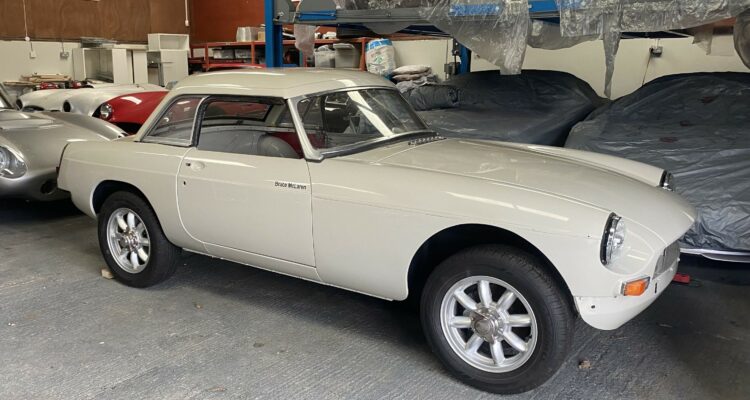Celebrating the Triumph Dolomite Sprint
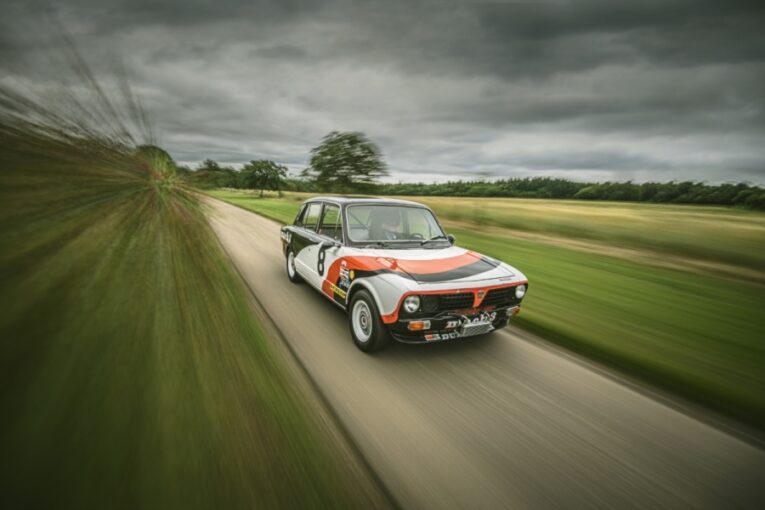
British Leyland was in a strange position in the ’70s. A mass of once individual brands, it had become one giant car-making machine, which should have been able to dominate with ease. However, for reasons nobody was able to fully reconcile, BL spent a lot of time competing not with the rivals, but with itself. Austin, Morris, Rover, Jaguar and Triumph were all in the mix. Of course, a Jag wasn’t going to compete with a Morris 1300, but it was going to compete with, say, a Rover P6. It was chaos. But, out of the chaos, and the strikes, and the turmoil, good cars did emerge. Many, in fact. Cars like the Triumph Dolomite Sprint, for example.
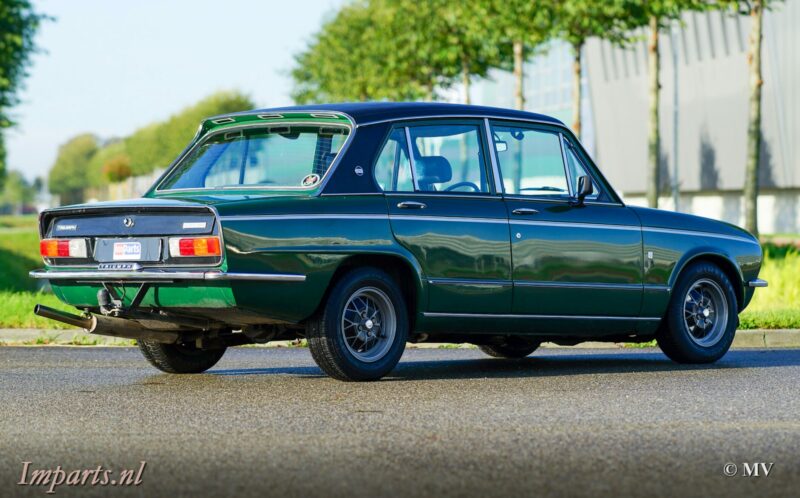
While the management of British Leyland could be likened to watching a goat try and win The Krypton Factor there was no denying that the staff on the ground were passionate sorts. They loved what they did and they wanted to make the best cars they could, in between strikes. When the competition outside of the BL walls hotted up with faster, more exciting cars, Spen King was charged with the task of bringing something to the fight. The Dolomite, a standard but very good four-door family saloon, seemed like a good option on which to base this new model. Largely because the engine, Triumph’s smart slant-four, had some serious performance potential.
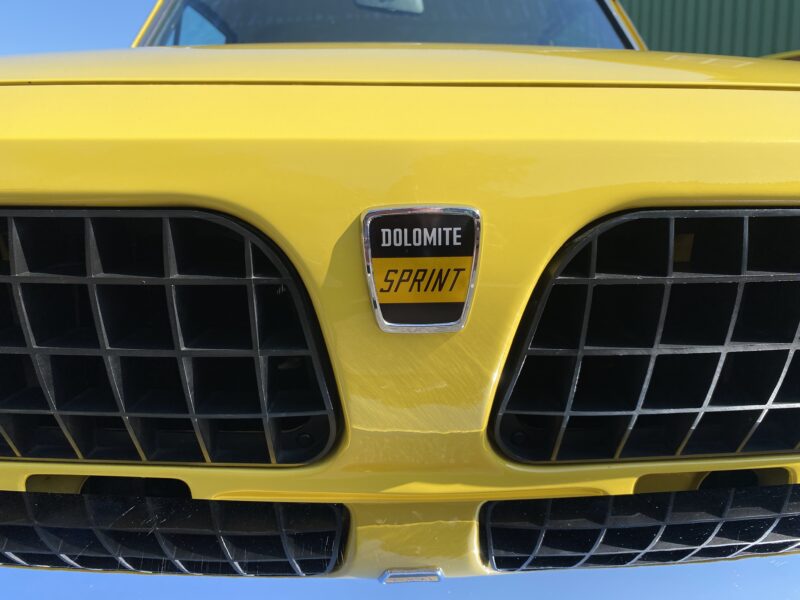
The base engine was taken up to 1,998cc from the already popular 1,854cc top spec but that wasn’t all. The real genius came from the cylinder head. King brought in Harry Mundy and engineers from Coventry Climax, and between them they came up with a 16-valve unit. It was clever, but also unusual, as all 16 valves were operated by a single camshaft. The team had hoped for around 135bhp, but in reality the figure was closer to 150. Helped in no small part by the bigger carbs. In fact, the car was billed to be the Dolomite 135, but Sprint was adopted instead. History will tell you that this was either because of the increased power, or conversely, a spelled name was more ambiguous than one that claimed a power figure.
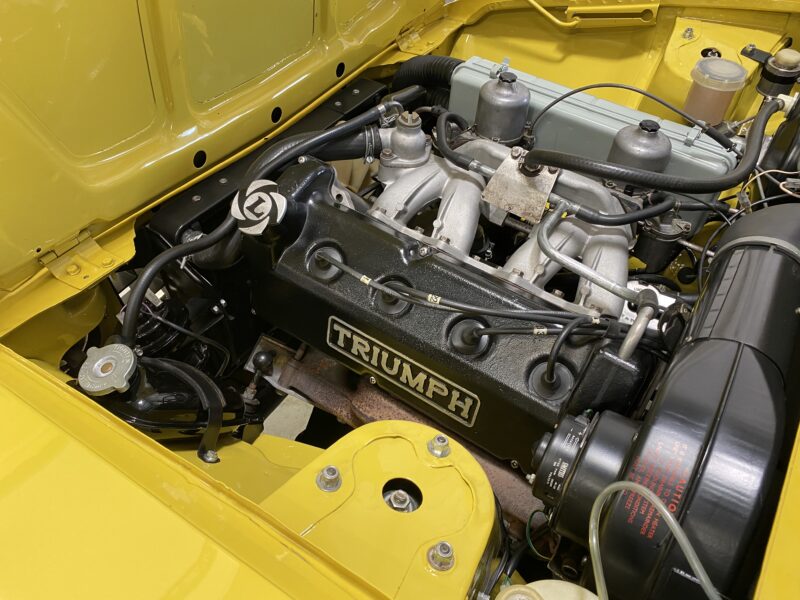
It wasn’t just an engine though, oh no, the Sprint was far more. It got better brakes to handle the power, there was a transmission and axle from the stronger Triumph 2000 and TR cars complete with shorter ratios, there was an optional limited-slip differential, optional overdrive (though this would become standard from 1975) and the Sprint also came with alloy wheels as standard. The first UK car to do so. Add in the usual chrome, vinyl roof, the Sprint badging and so on and it made for a very, very exciting car. Triumph had a winner on its hands. Literally.
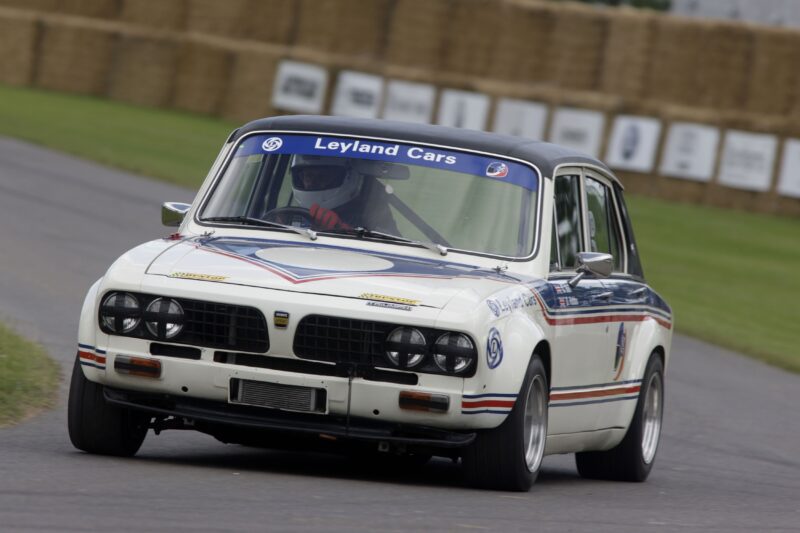
It was a time when the mantra of ‘race on Sunday, sell on Monday’ rang truer than ever. Motorsport mattered, so between 1974 and 1978, BL capitalised on it by entering the homologated (just) Dolomite Sprint into the British Saloon Car Championship with Broadspeed. And the car was a success thanks to the abilities of Andy Rouse and Tony Dron. Both won the manufacturer’s title in 1974, while Rouse won the drivers’ championship in 1975. Though that wasn’t all, as the car was campaigned by myriad drivers and teams, both on circuits and rally stages. The legendary Tony Pond would win Group 1 in the Tour of Dean Rally of 1976.
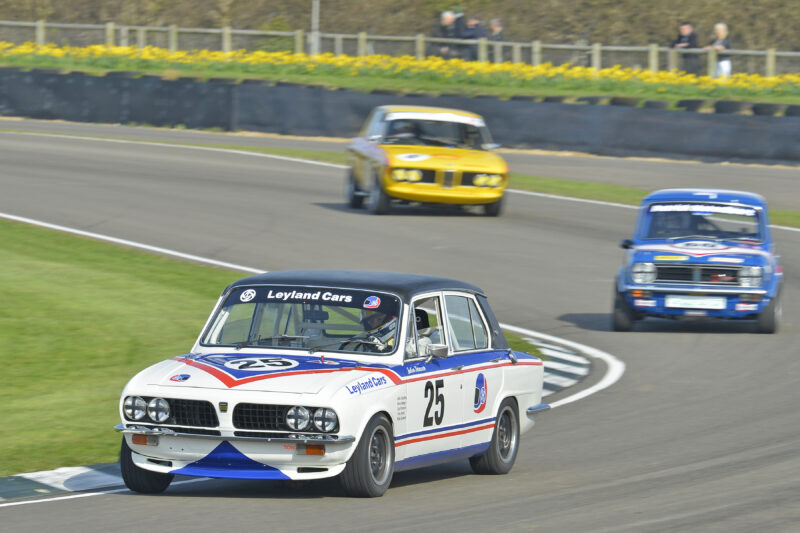
Soon though, thanks in no small part to the increasing numbers of arguably better cars from European rivals, the Dolomite and the Dolomite Sprint fell out of favour. Once a ground-breaking, new, exciting car, its plaudits were soon overshadowed by more modern offerings. Add in the dubious, fragile build quality and the mechanical issues that plagued it, and you can see why numbers fell. Sad, really, there was nothing inherently wrong with the car. The overheating issue, for example, was down to poor care in most cases. The system needed a rust protectant in it, otherwise the radiator would block. That was it. But stories got inflated, an unfair reputation emerged, and then as with all BL offerings, rust entered the room and sealed the deal.
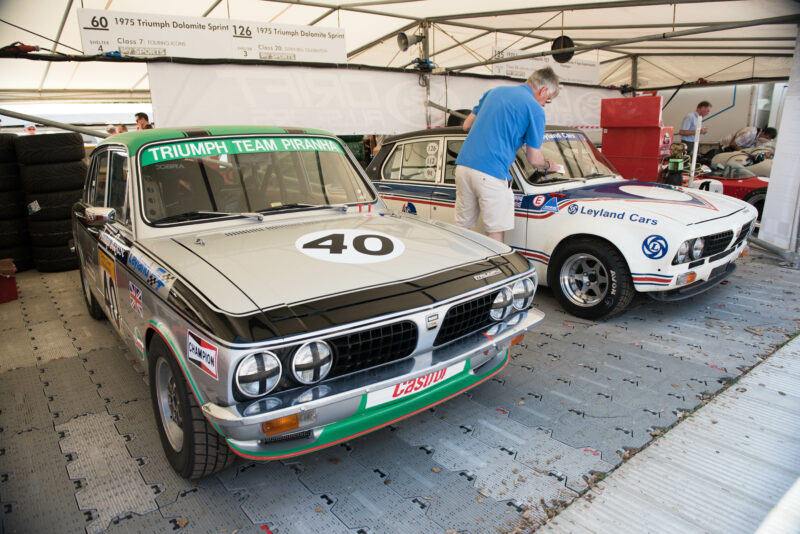
Today though, the Dolomite Sprint, while slim in numbers, has a massive following. Passionate people keen to restore, maintain and enjoy these brilliant cars. Support is excellent thanks to groups and clubs, and of course the specialist restorers and parts suppliers. The cars are increasing in value too, with the best examples commanding over £30k. And deservedly so. The Dolomite Sprint was and still is a great, great car. Fun, exciting and visceral. It shouldn’t be tarnished with any brush other than one dripping with positivity.

